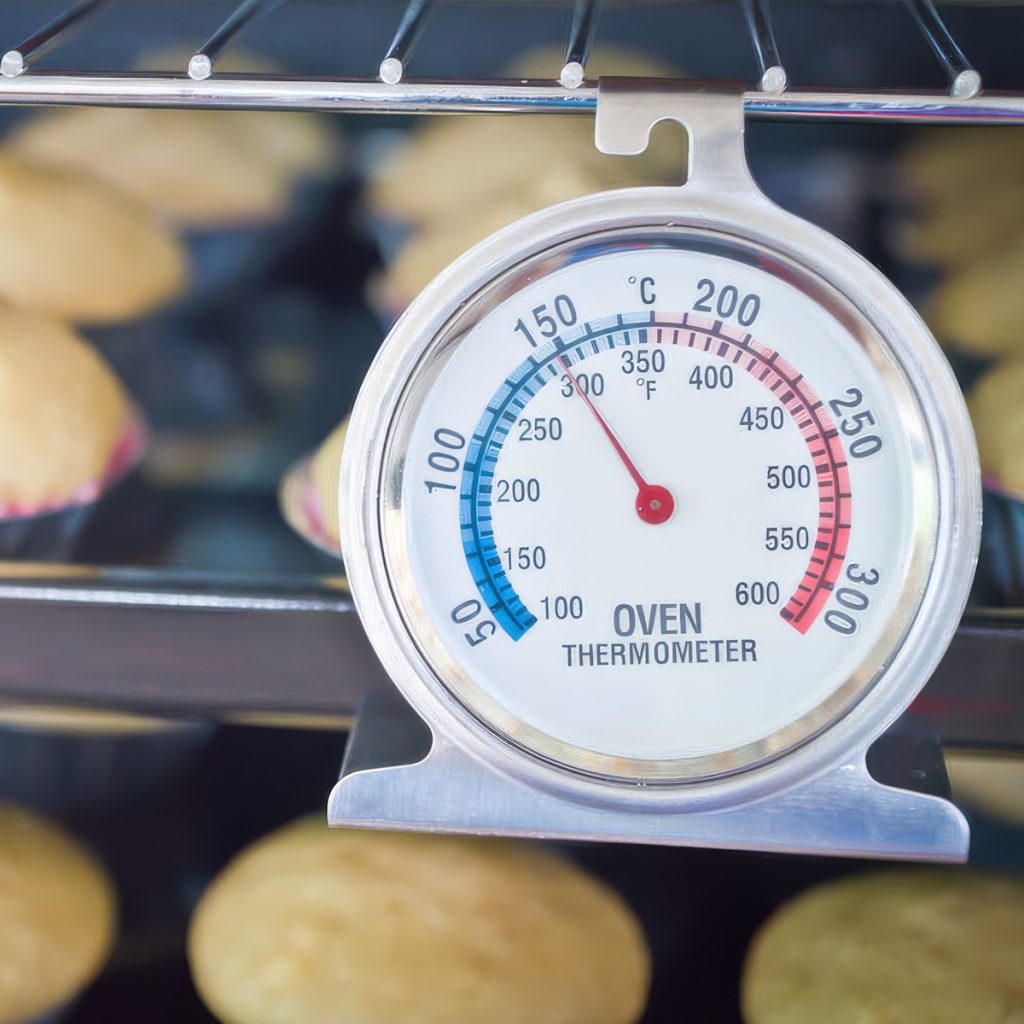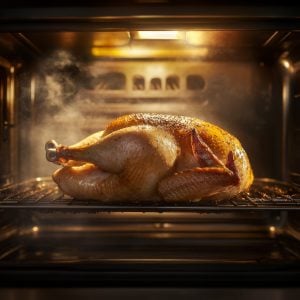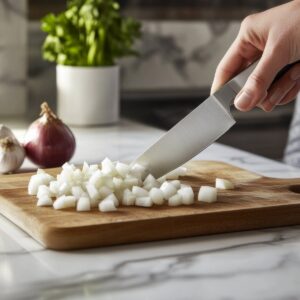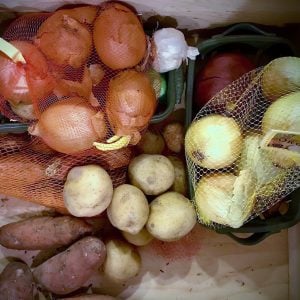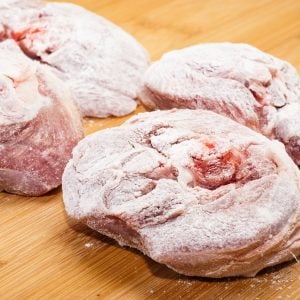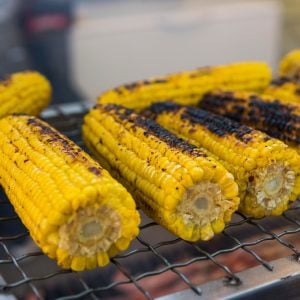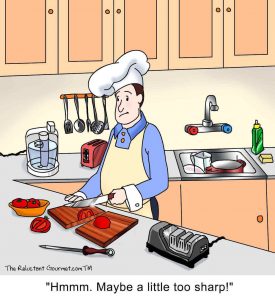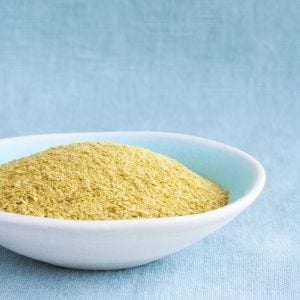How Important Are Oven Temperatures?

By Nell Jones - daughter, writer, graduate, and professional
Oven temperatures are tricky to nail down, and you don’t want to get it wrong, or else you’ll be sick at home with undercooked food, or your whole meal will be burnt, right?
How important is it that a chicken thigh be cooked at 375° Fahrenheit or a piece of salmon be cooked at 400° Fahrenheit, and what are the consequences if you get it wrong?
Well, it turns out it doesn’t matter because preheating your oven to 375°F isn’t as precise as all the cookbooks make it out to be.
Cooking In A Pizza Oven
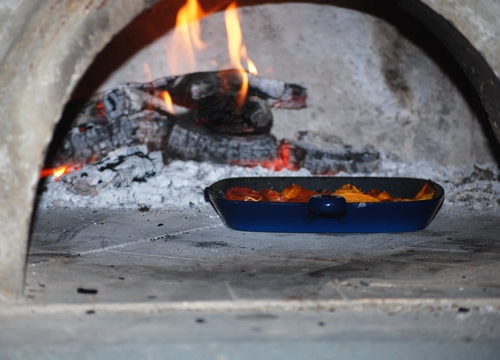
Our pizza oven in my backyard runs on an excellent old natural wood fire. My dad is constantly sticking some high-tech thermometer into the oven to see how hot it is, and if it’s not hot enough, stick some more wood in and blow on it.
Eventually, he settled with a temperature, and our pizza got cooked and was delicious while my dad was dripping sweat from standing in front of an open oven. Thankfully, most kitchen ovens don’t work like that.
Instead, we rely on the buttons and dials to get our ovens to change our temperature at precise intervals.
News flash: the entire inside of your oven will not stay at 375°F for the entire duration. This is because of how ovens work.
There is a thermostat inside the oven; if the temperature drops, it will shoot back up and get even hotter.
If you set your oven to preheat to 375°F, it will probably actually heat it to 390°, stop heating, drop to 350°, then shoot back up to 390° and maybe a few times in that period, the oven temperature with actually be 375°. The temperature of the oven fluctuates constantly and naturally.
It is also important to remember that there are hot and cold spots in every oven, no oven is perfect, and it’s almost an art itself to understand your oven. When a cookbook is written, it is written based on the chef’s oven, which is different from your oven.
But this doesn’t mean that you shouldn’t follow the cookbooks. Because oven temperatures work in ranges, you can think of different temperatures similar to spicy sauces, mild, hot, and extra hot.
So if a cookbook gives you a temperature of 400 degrees, you should understand that the oven should be moderately hot, anywhere from 375 degrees to 425 degrees.
Before The Fancy Dials and Buttons
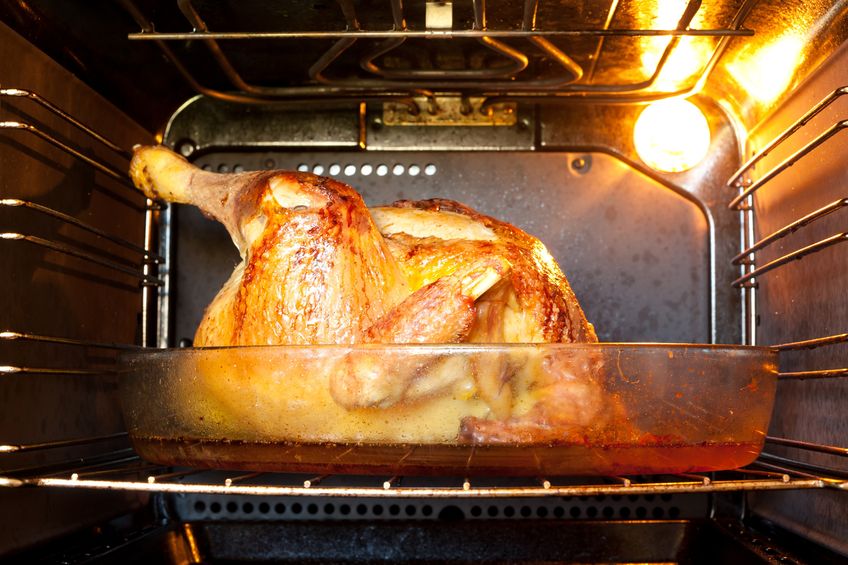
A similar mindset was taken in the old days, before all the high-tech, electronic, and gas ovens with dials.
Bakers and chefs had different ways to tell the temperature of their oven, like by seeing how fast a piece of paper would burn to understand what level of hotness the oven was.
People also used to stick their arms in the oven and see how long it would take to get too hot and burn, indicating how hot it was.
How should you cook in an oven if it’s all a lie? I won’t put my arm in the oven to see if my oven is preheated.
Luckily, uncovering this myth does not have to change how you cook. If anything, it should just put your mind at ease that if you can’t remember the exact temperature to cook the salmon, it’s OK!
The bottom line is that the temperature you cook your food does not have to be precise, just in the correct temperature zone. For example, 350° would be moderately hot, whereas 450° would be very hot.
Once you understand the range, the rest comes from practice or, in my case, luck. Of course, there are ways to carefully monitor how your food is cooking, like sticking a thermometer in it. But the idea that five-degree increments can control an oven is modern and scientifically false.
It is also essential that you understand your oven. You need to know where the cold spots are, which only comes with practice and a few burnt or undercooked sweets.
Now we know that oven temperatures are not as precise and strict to follow as we thought, which is comforting to some and scarier to others. This makes me wonder what else is falsely made, to be exact, like cup measurements or teaspoons.

